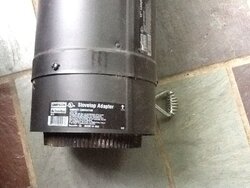Todd
Minister of Fire
I don't know, once I see temps up in that 650 range my internal cat probe is pushing that 1600 limit and it makes me worry a bit about cat life and the stress it's putting on the cast iron parts around it. 500-600 is where I like to cruise.



